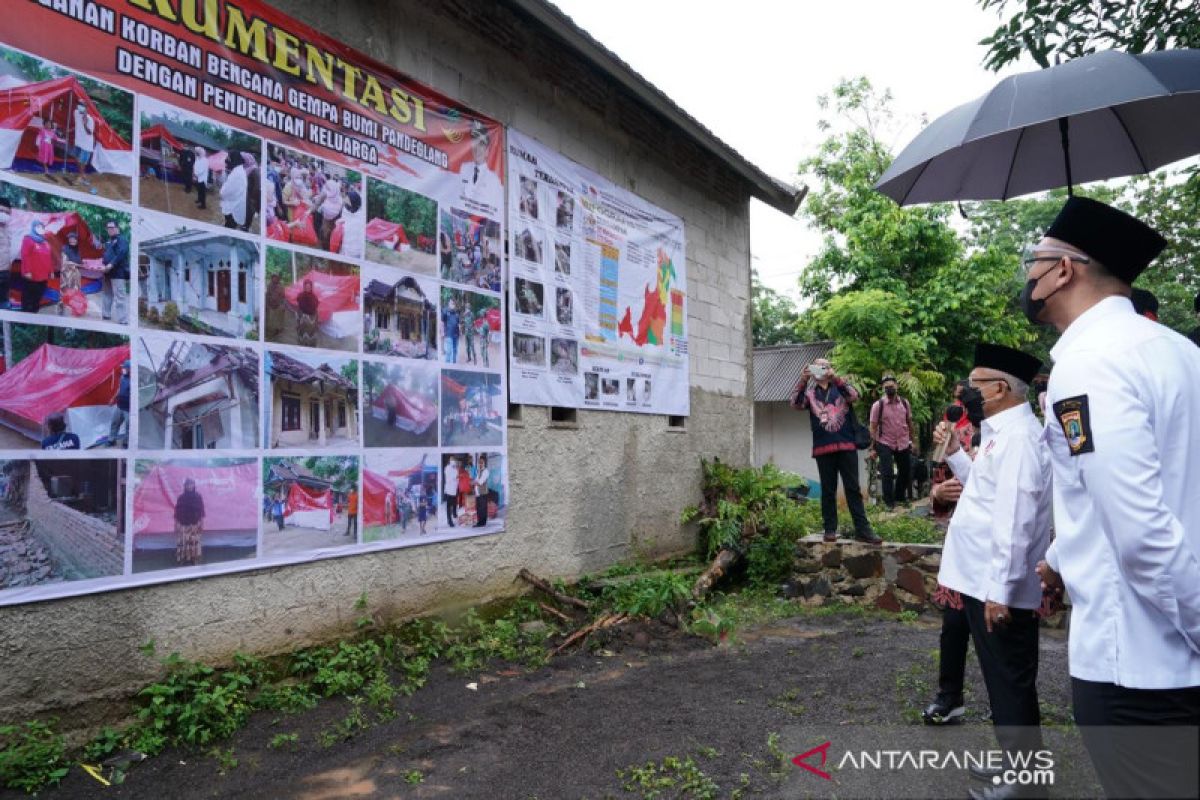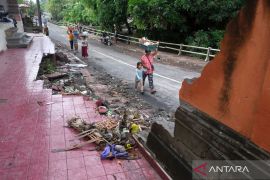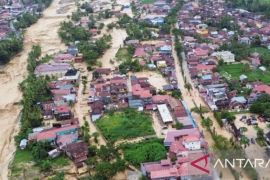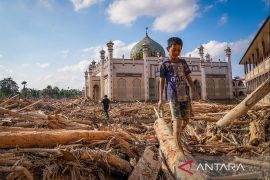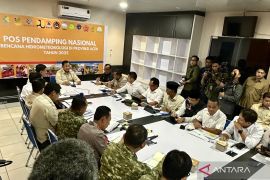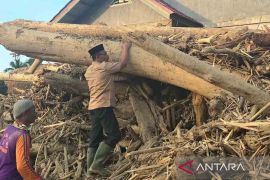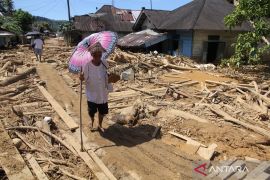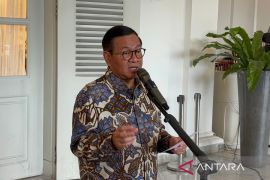In Cikeusik and Panimbang areas of Banten, the quake was felt up to level VI on the MMI scale, sending shocked residents scurrying out of buildings, head of the BMKG's Earthquake and Tsunami Center, Bambang Setiyo Prayitno, said in a statement received here.
In Labuan and Sumur, the shaking intensity was MMI IV, with the tremors felt by many people indoors during the day. In South Tangerang, Lembang, Bogor City, Pelabuhan Ratu, Kalianda, Bandar Lampung, shocks were felt up to MMI III-IV, with the tremors felt by many people indoors during the day.
In Anyer, the shaking intensity was MMI III, with the tremors felt indoors, akin to those of a passing truck. Likewise in Jakarta, Tangerang City, Ciracas, Bekasi, Bandung City, Bogor District, and Kotabumi, the shaking intensity was recorded at MMI II-III.
Based on the latest BMKG analysis, the earthquake had a magnitude of 6.6. The epicenter of the earthquake was located in the sea at 7.21 degrees south latitude and 105.05 degrees east longitude, at a distance of 132 kilometers southwest of Pandeglang City, Pandeglang District, Banten, and a depth of 40 km.
The shallow earthquake was caused by subduction activity, the BMKG said. Based on the analysis of the source mechanism, the earthquake had a thrust fault mechanism, it added.
Meanwhile, as of January 15, 2022, the BMKG had recorded 33 aftershocks.
"Aftershocks occurred with the largest having a magnitude of 5.7 and the smallest having a magnitude of 2.5," BMKG's earthquake and tsunami mitigation coordinator, Daryono, said via text message.
Damage and casualties
Although it did not trigger a tsunami, the earthquake in Banten, West Java, was destructive, with data from the Banten Disaster Management Agency (BPBD) showing that four areas in Banten Province were affected by the earthquake.
A total of 225 villages in 55 sub-districts spread across Pandeglang, Lebak, Serang, and Tangerang districts were affected by the earthquake.
Banten BPBD head Nana Suryana said that the 6.6-magnitude earthquake damaged 2,531 houses, 51 schools, 16 health centers, 20 places of worship, 4 government offices, and 3 businesses.
The largest impact was reported in Pandeglang District, with 163 villages in 30 sub-districts affected by the earthquake, he informed. A total of 2,244 houses were damaged in the areas, besides 43 schools, 16 Puskesmas, 14 religious facilities, 3 government offices, and 3 places of business, he added.
In Lebak District, the areas affected by the earthquake were spread over 55 villages in 19 sub-districts. A total of 274 houses, 8 schools, 6 religious facilities, and 1 government office were damaged by the earthquake, Suryana informed.
In Serang District, the earthquake affected 5 villages in 4 sub-districts, and damaged 10 houses, he said.
Meanwhile, in Tangerang district, two villages in 2 sub-districts were affected by the quake, and 3 homes were damaged, he added.
Although the earthquake caused extensive damage, it was fortunate that there were no casualties, although two people were injured after being crushed by the rubble of a house, Suryana said.
Mitigation efforts
As an emergency response effort, the head of the National Disaster Management Agency (BNPB), Lt. Gen. Suharyanto, asked local governments to immediately record the damage to residents' houses.
He asked the local governments to list the houses damaged by the earthquake and check the extent of the damage so that the government could distribute housing repair funds.
"Please immediately record and re-verify so that they (affected residents) can immediately get assistance for recovery," he said.
While inspecting the condition of damaged houses in Pandeglang, Suharyanto stressed the importance of using earthquake-resistant construction while repairing houses and buildings damaged in the quake.
Meanwhile, the Social Affairs Ministry said it had prepared social assistance for those affected by the earthquake.
A social assistance center was set up near the evacuation site, making it easier for victims to get the assistance they needed, it informed.
Social Affairs Minister Tri Rismaharini assured the distribution of aid would be carried out more quickly because social assistance had been prepared for several disaster-prone locations.
She also emphasized the need for other disaster mitigation efforts such as preparing evacuation routes, refugee camps, and relocation plans.
In the meantime, Coordinating Minister for Human Development and Culture, Muhadjir Effendy, said that the government has been discussing rehabilitation and reconstruction efforts following the Banten quake.
The government is considering the possibility of relocating several heads of families who own houses in disaster-prone areas, he informed. The relocation plan still needs to be discussed with the relevant ministries and agencies, he said.
The government will also repair public facilities and infrastructure, especially school buildings, health centers, and places of worship, he added.
"We will prioritize schools and madrasas to be repaired immediately in addition to health centers and mosques, places of worship, and other public facilities," said the minister.
Meanwhile, at the regional level, Lebak BPBD and other regions have continued to optimize socialization and mitigation education so that people can save themselves in the event of a natural disaster, he noted.
They are also building evacuation routes around the coast for rescue efforts, he said.
As a country that is hit by natural disasters every year, Indonesia and all the people who live in it, especially those in disaster-prone areas, should work to build greater awareness and knowledge regarding disaster mitigation so that when natural disasters occur, people can save themselves.
Editor: Rahmad Nasution
Copyright © ANTARA 2022
